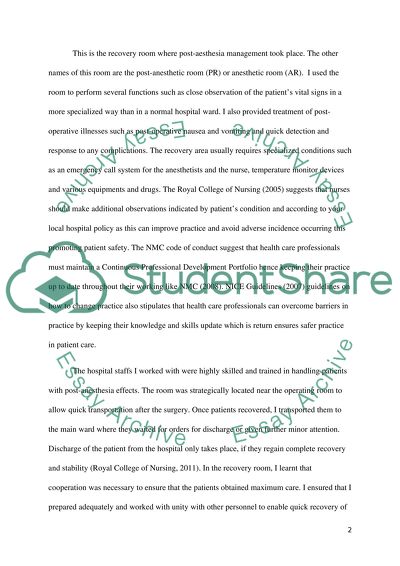Cite this document
(“Nursing contribution to patients recovery after anesthesia Essay”, n.d.)
Retrieved from https://studentshare.org/nursing/1401765-nursing-contribution-to-patients-recovery-after-anesthesia
Retrieved from https://studentshare.org/nursing/1401765-nursing-contribution-to-patients-recovery-after-anesthesia
(Nursing Contribution to Patients Recovery After Anesthesia Essay)
https://studentshare.org/nursing/1401765-nursing-contribution-to-patients-recovery-after-anesthesia.
https://studentshare.org/nursing/1401765-nursing-contribution-to-patients-recovery-after-anesthesia.
“Nursing Contribution to Patients Recovery After Anesthesia Essay”, n.d. https://studentshare.org/nursing/1401765-nursing-contribution-to-patients-recovery-after-anesthesia.


